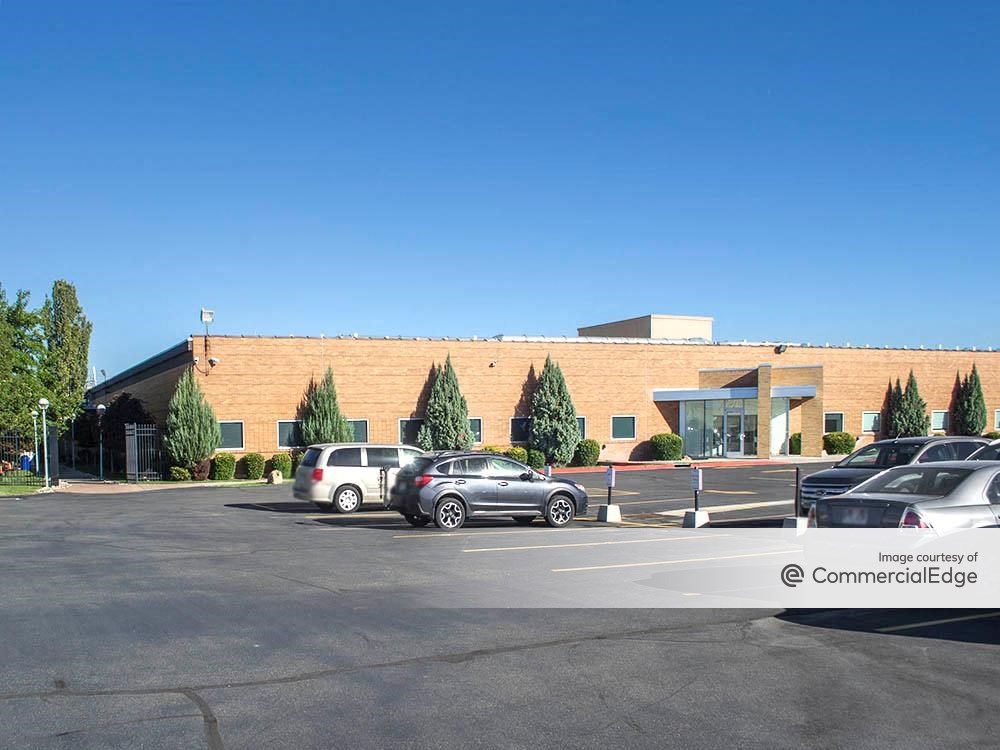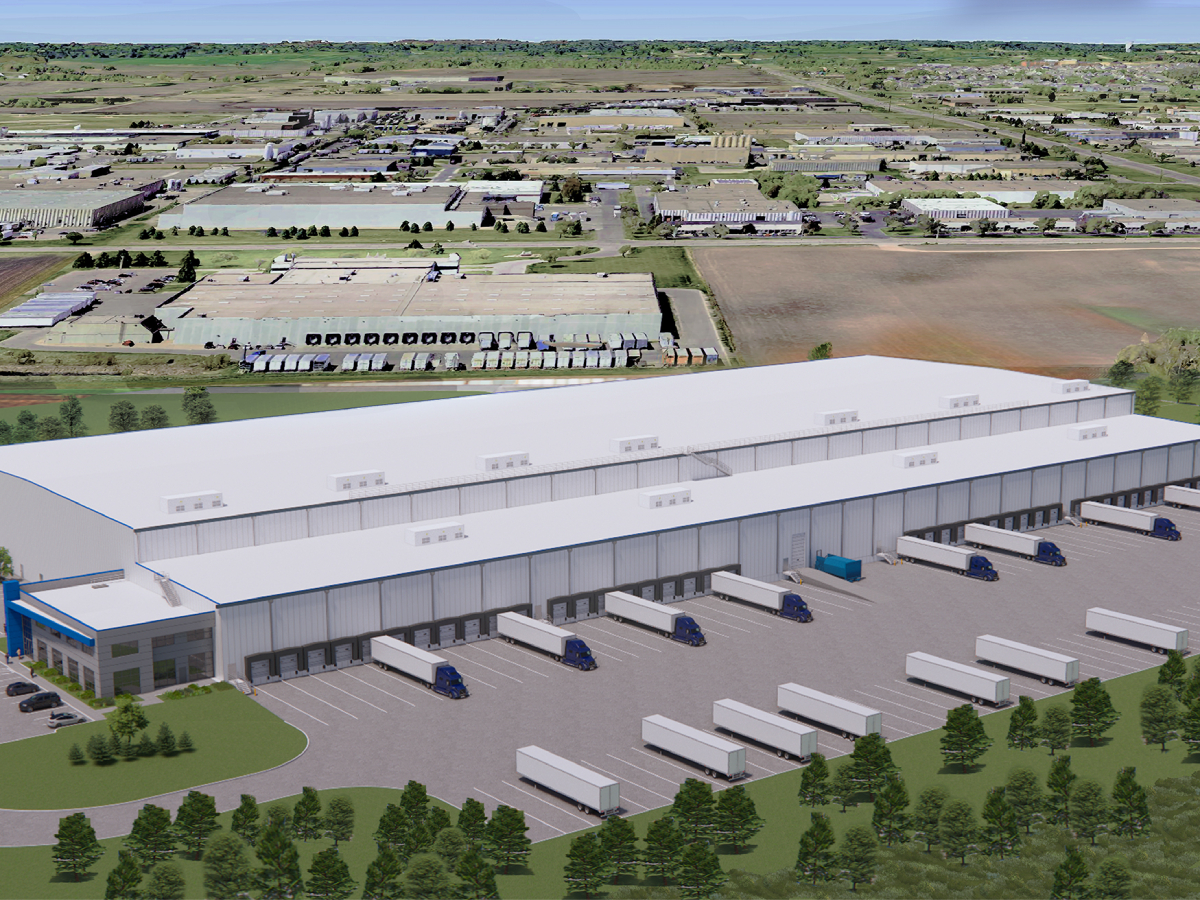$3B Merger Saves Saks, Gives Canadian Co. Greater Growth in U.S.
Combined companies Saks Inc. and Hudson's Bay will operate 320 stores, and possibly create a REIT.
By Scott Baltic, Contributing Editor
As department stores prove to be the most competitive part of retail real estate today, nothing bodes well for their future as a merger of two department store giants. For this reason, Saks Inc., of New York agreed to merge with Hudson’s Bay Co. , of Toronto, for $2.9 billion, the two companies announced Monday. The all-cash transaction is valued at $16.00 per share of Saks stock.
Saks has been in a pinch as of late, and only started to look at selling back in May.The combined company will operate 320 stores (179 full-line department stores, 72 outlet stores and 69 home stores) throughout the United States and Canada. It would have generated pro forma sales and normalized EBITDA in fiscal 2012 of about C$7.2 billion and C$587 million, respectively. Both sides of the merger see the transaction as beneficial to all.
HBC also announced an intriguing possibility, that it “will evaluate strategic alternatives to fully realize the substantial value from the combined property portfolio including but not limited to the creation of a real estate investment trust.”
On the operational side, HBC expects to achieve C$100 million of annual synergies within three years, through operational efficiencies, implementing best practices company-wide and back-office consolidation.
The agreement, which includes a 40-day “go-shop” period, has been approved by the two boards of directors and is expected to close before year’s end, subject to approval by Saks shareholders, regulatory approvals and other customary closing conditions.
“This acquisition will increase our growth potential both in the U.S. and Canada, generate significant efficiencies of scale, add to our powerful real estate portfolio and deliver substantial value to our shareholders,” HBC chairman & CEO Richard Baker said in a prepared statement.
Saks Inc. chairman & CEO Steve Sadove said in the statement that the $16 per share price “represents an approximate 30 percent premium to the May 20, 2013 closing price, the day before media speculation began.”
Saks will continue to operate separately, with its own merchandising, marketing and store operations teams; its headquarters will stay in New York; and it’s expected that Saks will continue to be led by “key members of its existing management team,” according to the release.
The combined company’s real estate portfolio will include such marquee owned properties as the Saks Fifth Avenue locations on Fifth Avenue in New York and Wilshire Boulevard in Beverly Hills; Lord & Taylor’s Fifth Avenue flagship store; and Hudson’s Bay stores in downtown Toronto, Vancouver and Montreal.
Saks currently operates 43 Saks Fifth Avenue stores (averaging about 123,000 gross square feet) and 65 OFF 5TH outlet stores (averaging about 29,200 gross square feet), according to the company’s latest 10-K. The majority (26 out of 43) of the latter are owned stores or owned buildings on leased land; in contrast, all but one of the OFF 5TH stores are leased.
In Canada, HBC operates Hudson’s Bay, Canada’s largest department store with 90 locations, and Home Outfitters, Canada’s largest home specialty superstore with 69 locations. In the United States, HBC operates the 48 Lord & Taylor department stores, predominantly in the northeastern United States.
The proposed merger is “huge and it makes perfect sense,” Garrick Brown, director of research for Cassidy Turley, told Commercial Property Executive.
The Saks acquisition will help Hudson’s Bay deal with the increasing encroachment into Canada of upscale American retailers, such as Nordstrom, he said.
Although “Lord & Taylor and Saks have obvious competitive issues,” Brown said, they seldom compete head to head in the same shopping centers.
“Probably most importantly, it will allow them to combine capital expenditure budgets for a united front on e-commerce, which will strengthen all three.” Brown added.
“It’s a solid play all around that will help all of their bricks-and-mortar divisions and likely help that increasingly crucial e-commerce division.”
HBC will finance the transaction (and refinance certain existing indebtedness) with approximately US$1.0 billion of new equity, US$1.9 billion of senior secured loans, US$400 million of senior unsecured notes and available cash on hand.
An entity affiliated with Ontario Teachers’ Pension Plan and funds advised by West Face Capital Inc., of Toronto, have separately committed to provide HBC with US$500 million and US$250 million of equity funding, respectively. BofA Merrill Lynch and Royal Bank of Canada have provided HBC with fully committed credit facilities.
BofA Merrill Lynch acted as lead financial advisor to HBC, with RBC Capital Markets as an additional financial advisor. Stikeman Elliott LLP and Willkie Farr & Gallagher L.L.P. acted as legal counsel to HBC.
Goldman Sachs, Morgan Stanley and Guggenheim Securities acted as financial advisors and Wachtell, Lipton, Rosen & Katz acted as legal counsel to Saks.
Founded in 1670, HBC reportedly is North America’s longest continually operated company. It was purchased in 2008 by NRDC Equity Partners’ Robert Baker, Bill Mack, Lee Neibart and Richard Baker, who had purchased Lord & Taylor in 2006.








You must be logged in to post a comment.